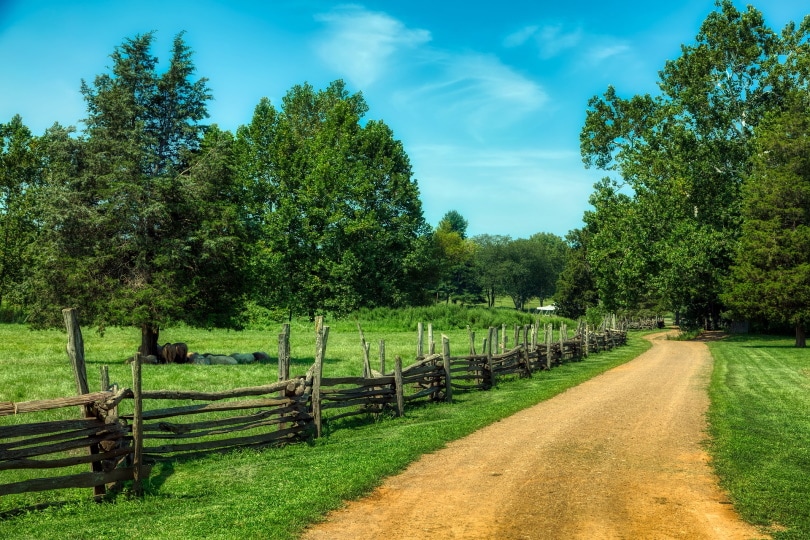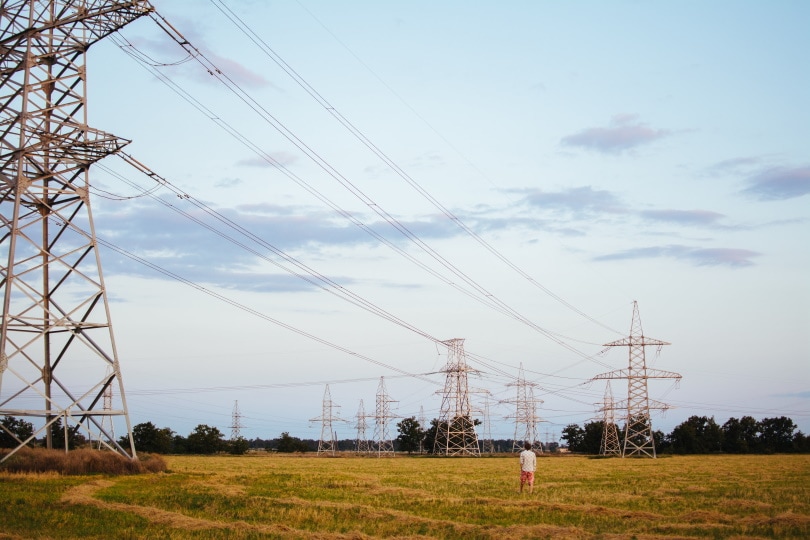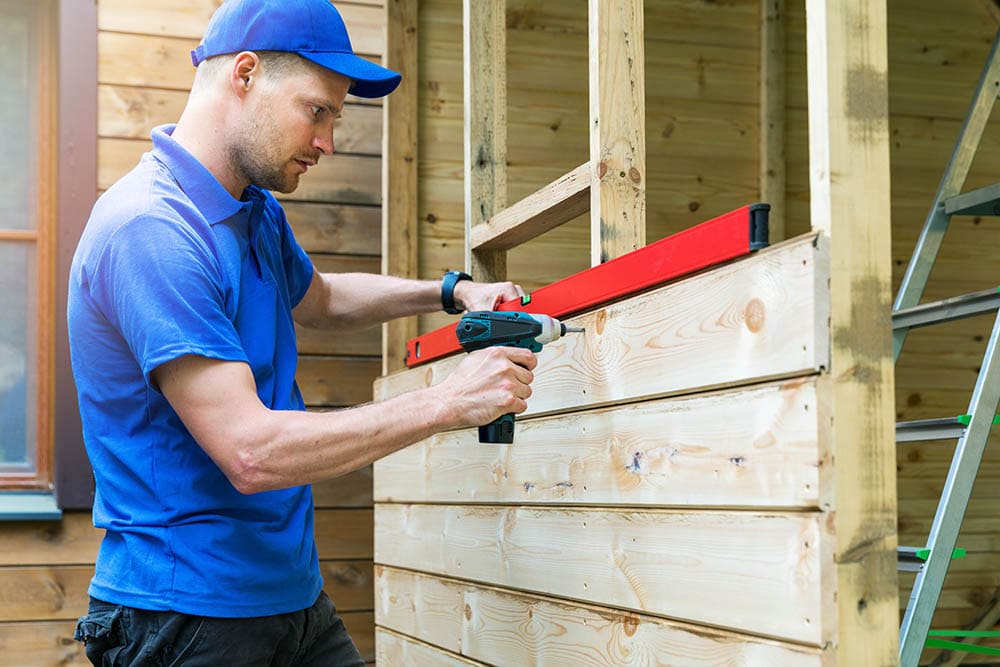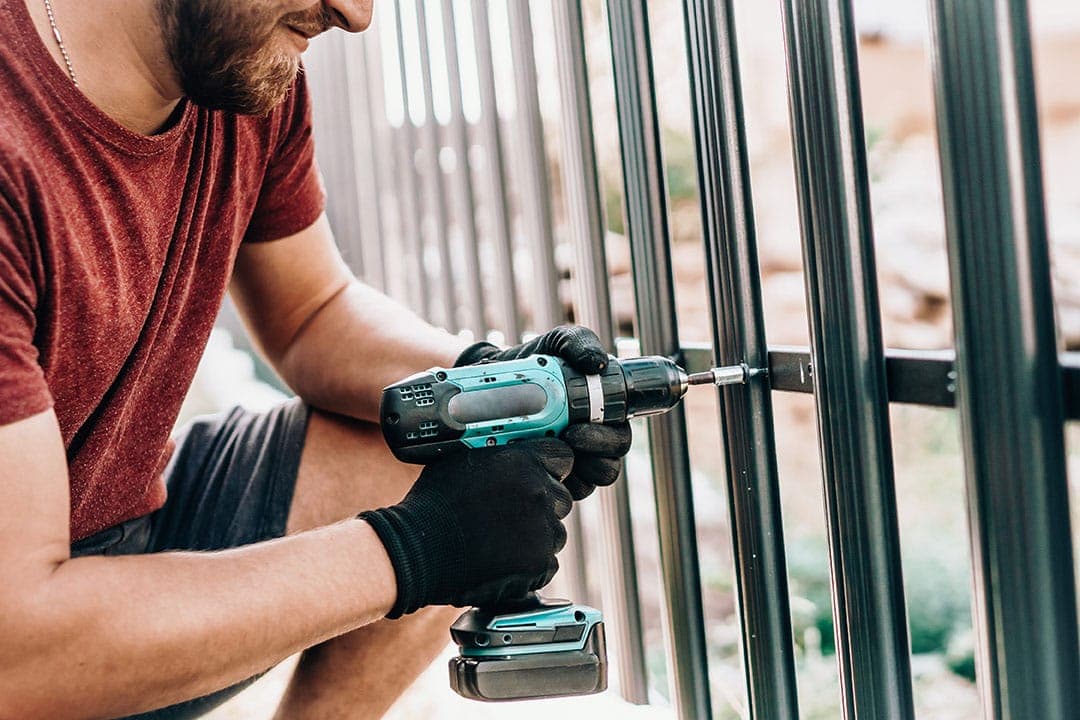Can You Build A Fence On An Easement? Is It The Best Idea?
-

- Last updated:

You are legally allowed to build a fence on an easement, but that fence may need to be torn down if the easement needs to be accessed. Because of this fact, you must decide if the fence is worth it since it may be pulled down at any time. Most homeowners agree that building a fence is worth it, even if it has to be removed at a later time.
To further understand this answer, keep reading. This article explains why you can build a fence on an easement but why you might want to avoid it.
Understanding Easements
In order to understand why you can build a fence on an easement, you have to understand what easements are. An easement is a legal area on your property that other individuals or entities can use. You still own the land and have a right to build on it, but you aren’t the only party involved.
When discussing easements, there are two parties involved. You as the property owner are the servient estate. The person who is allowed to use the easement property is called the dominant estate. As these names suggest, the dominant estate can do what they want with the easement, even though you own the property and can do what you want with the rest of the non-easement property.
There are many different types of easements, but almost all of them are meant to serve the greater good. For example, easements can allow utility workers to work on gas and sewer lines underneath your property. They can also allow the government to install a sidewalk so that locals can walk around the area safely.
With this in mind, you actually own your land, but part of that land is used for the service of the community at large.

Different Types of Easements
As we mentioned above, there are different types of easements. Being aware of the type of easement can help you better understand why easements are regular occurrences on personal properties. Here are the most common easements on personal properties:
Sidewalk Easements
The most common easement is called a sidewalk easement. Many homeowners have this easement on their property, even if there isn’t a sidewalk in place. The idea behind this easement is for locals to safely walk off the road, whether it be on your actual lawn or a sidewalk installed on your property.
Utility Easements
Utility easements are underground or above ground. Objects like storm drains, sewer mains, and natural gas lines often run underneath the private property, which means that area has a utility easement so they can be repaired if needed. Additionally, utility easements can be above ground whenever power lines and telephone lines run over the property.

Driveway Easements
Let’s say that you have a deep plot. You build your own home on the front of the lot but sell the back lot to someone else. A driveway easement will be placed in effect so that the back lot owner can access their lot legally.
These are far from being the only easement types, but they are the most common. Regardless of the easement type, they all function in essentially the same way.
How Do You Know If You Have An Easement?
You should know if you have an easement because it will be written into your contract. To check to see if there is an easement, you will need to check out your title documents or look at the tax assessor section on your county website.
Can You Build On An Easement?
Now that we know what an easement is, it’s time to further answer the question at large: can you build a fence on an easement? Technically speaking, you can build anything you want on an easement because you own the property.
However, the dominant estate can use that property at any time. What this means for you is that the dominant estate can tear down the built item at any time if it’s on the easement. So, you can build a fence on an easement, but that fence may have to be torn down if the easement is ever needed.

Should I Build A Fence On An Easement?
Because the dominant estate has the right to tear down any object you build on the easement, the question you should be asking is: should I build a fence on an easement? Just because you can, does not mean it is the wisest decision to do so.
For fences specifically, it is common to build on an easement. Due to the nature of the fences, it is normally easy to tear down a portion of the fence and reinstall it if needed. Especially since the easement may never be used by the dominant estate, building a fence on an easement should not be a problem.
In most cases, fences built on an easement are built on utility easements specifically. As a result, the utility company will have to take down the fence if they have to access the utility lines or sewer lines. Some utility companies will offer to reinstall the fence for you, but it isn’t guaranteed.

Should I Build Other Objects On An Easement?
Fences are not the only objects allowed to be torn down if they are placed on an easement. Any object you build on this easement can be torn down. So, you need to consider carefully building on an easement, based on the object at hand.
Related Read: How Close To The Property Line Can I Build a Fence?
Planting On An Easement
Shrubs, grass, and other plants are often planted on easements. If the easement is needed, the dominant estate can rip up the plants to access the area. Because plants are relatively affordable, it’s perfectly acceptable to plant on easements and is done frequently.

Large, Underground Objects (i.e., Pools Or Hot Tubs)
Large underground objects, such as hot tubs and pools, are not wise to build on easements. For starters, these products can be removed if they violate the easement. As you would imagine, this makes building pools and hot tubs incredibly risky. Not to mention installing these things underground can affect any underground easements and cause damage.
Because of how expensive and potentially damaging hot tubs and pools are to install on an easement, it’s best to not do it at all. Even though the easement may never be used, you do not want to take the risk and waste thousands of dollars.
Rule Of Thumb
With all of this in mind, you can install anything you want on an easement, but consider the impact of cost if that item has to be removed. Low-cost things do not pose much of a financial risk if you build them on easements, but high ticket items should be avoided.

Conclusion
An easement is a part of your personal property that can be seized by a dominant estate and used for other purposes. If you want to install a fence over your easement, that is perfectly acceptable, but know that the fence may need to be removed at a later date. It is up to you to determine if that potential risk is worth building the fence.
Keep in mind that you can build anything else on an easement as well. Relatively low-cost items can be built on an easement with low risks, such as shrubs or flowers. Big-ticket items can cause you to waste thousands of dollars. Avoid putting these sorts of items on an easement as a result.
Featured Image Credit: Monkey Business Images, Shutterstock
Contents

